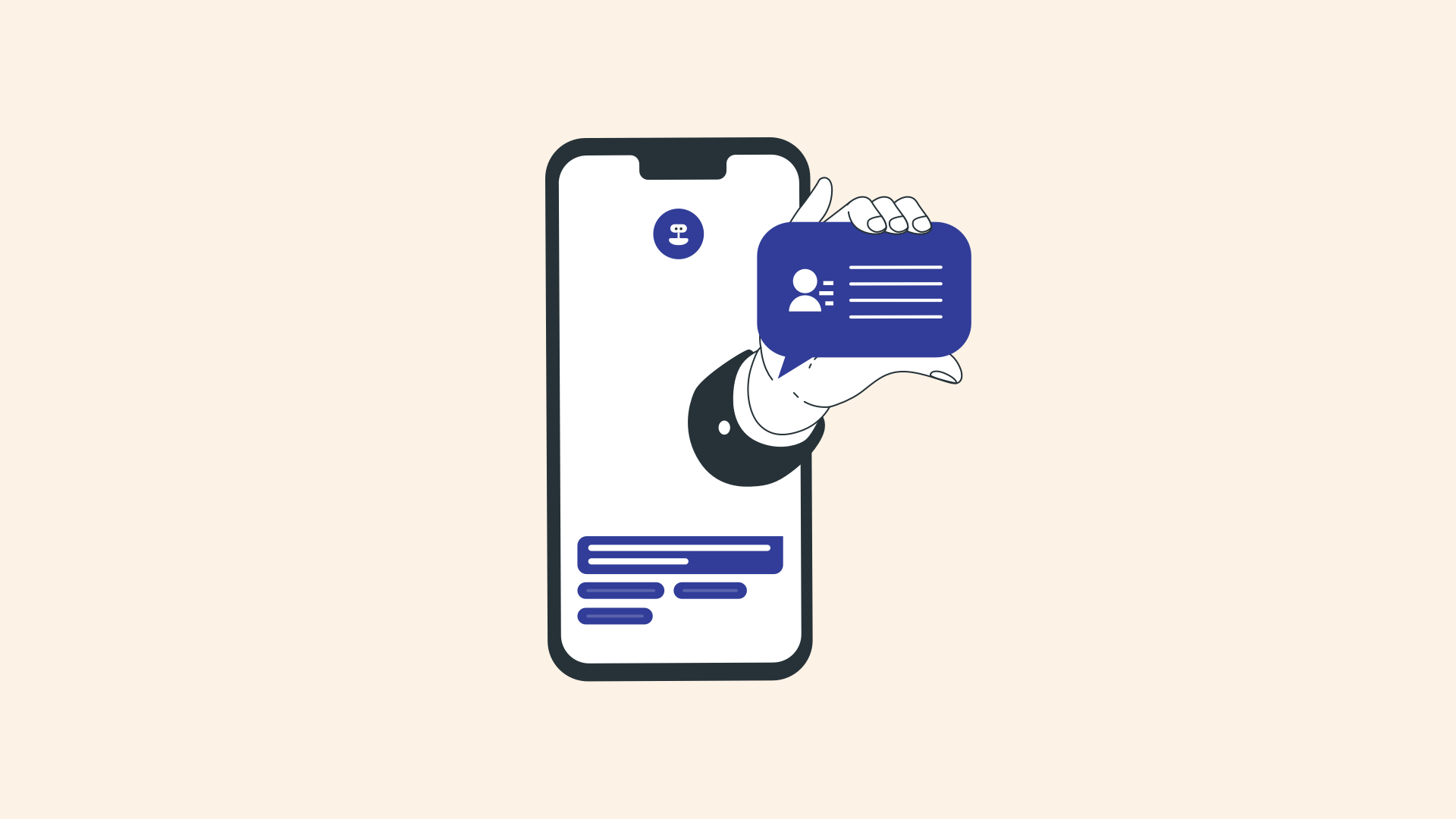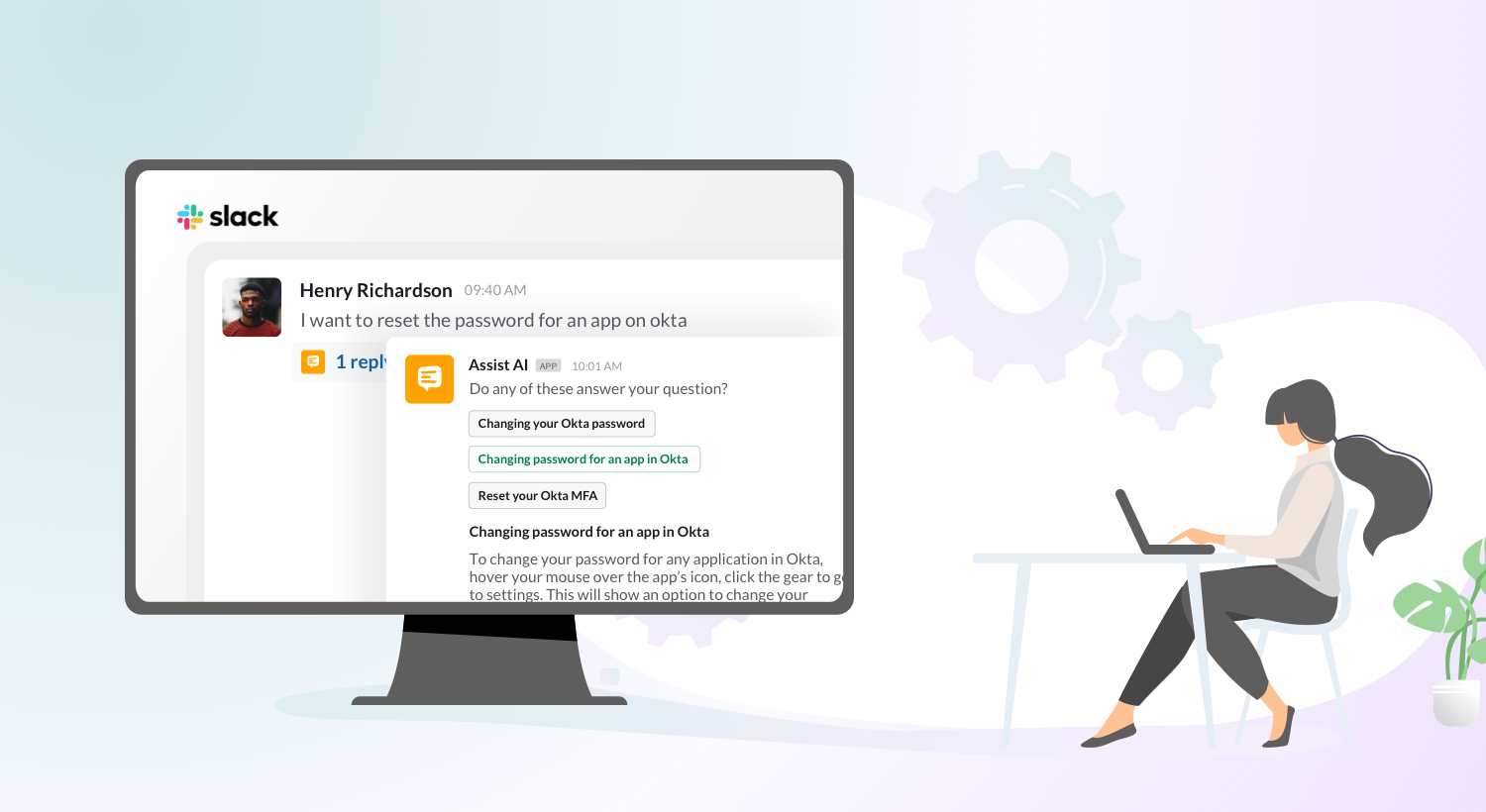Are you looking for a Eureka moment to give a catchy name to your chatbot? You are just steps away from your goal. Your chatbot’s name is the first thing a customer will notice on the chat window, and you wouldn’t want to compromise on it. A cold and generic name like Customer Support Assistant or Support Bot1 can lead to a bad user experience.
By the end of this blog, you will not only be ready to name your chatbot but also learn how to give it a personality that reflects your brand values. Let’s name your chatbot together.
Steps to Naming Your Bot
1. List the Chatbot Functions & Type of Names
Your rule-based bot is not just the only place where you would use decision trees. You can leverage the same process to name your bot as well.
Decision trees can help you cover all scenarios to name your bot. Here’s an example of a simple decision map that you can keep in mind while naming your bot.

It’s up to you to combine all the conditions into naming the bot or just go with the 80/20 rule and choose the most crucial factor. Choosing a name is a crucial step during chatbot development. Make sure you choose a name that serves your business use case.
2. Define the Role of Your Bot
What does your bot do? Some chatbots are virtual assistants that hold human conversations, while others answer customer FAQs. Having a bot name that explains its role can help boost customer confidence and provides a good starting point.
While it is ok to name your bot with your brand name, it’s always good to highlight what the bot can do.
For example, if you are a Mental Health startup and have built a chatbot for providing wellness tips to customers, here are some bot names to avoid:
Obvious: Mental Health Bot
Boring: [Company Name] Health Bot
Here’s a name that a health company (that focuses on mental wellness) came up with that can work – It’s “Woe-bot.” It gives confidence to the user that this bot will address their woes. The name “Woe-bot” may not tell the customer that it helps with mental health tips, but it generates curiosity and builds a bot’s character. Here’s where the next tip comes into play.
3. Shortlist the Type of Chatbot Name
Out of many possibilities, let’s talk about some common types of chatbot names that can be used on your website or social media like Facebook Messenger. Chatbots can have a human name, a robotic name, or a symbolic name.
Human names: Humanize chatbot by providing a human name. Artificial Intelligence (AI), NLP, and Machine Learning chatbots are trained to sound contextual and solve customer problems like a real person. Siri in our iPhones, and Alexa in Amazon’s Echo, are examples of human names that bring in the human personality and make them approachable and close friends.
Robot names: Some companies might prefer using robot names like Alpha, Terra, or Zen and keep it simple. These chatbots make it clear that customers are messaging a bot rather than a human. It is an AI chatbot that automates some routine tasks, not a human agent. It sets the right expectations and focuses on doing the job correctly and less on having perfect conversations.
Symbolic names: Clever names could be an abbreviation or a symbolic name. For example, iRIS could be the right name for an optician appointment booking chatbot. You Look Good (YLG) – YLG Bot sounds like a clever name for a beauty tips bot.
4. Outline the Chatbot Personality
Naming a bot involves you thinking about your bot’s personality and how it’s going to represent your business. You might want your bot to be witty, intelligent, humorous, or friendly based on your industry and the service that the bot will perform. Your chatbot should reflect your brand language.
Once you’ve decided on your bot’s role and type, work on its tone, speech, and chatbot design ideas. A compelling backstory should script chatbot conversations.
For example, woe-bot can start the conversation like “Hi, I am Woe-bot, and I can reduce your woes by providing tips on improving your mental health.”
Find out more about building chatbots with a personality
5. Make Sure the Name Really Works
After all that hard work to name your chatbot, make sure it justifies the name given. Take extra measures when writing your bot language and developing its personality. Like how Amazon made sure that “From A to Z” is not just a fake promise but a goal to provide everything a consumer needs on the website. Your chatbot technology too should be focused on enriching the overall customer experience.
Bonus: Tips to Choosing a Chatbot Name
- Keep it short: Long taglines or descriptions don’t work. The name should be two words at maximum.
- Keep it simple: You are naming the chatbot. Choose a simple word that is easy to pronounce. Avoid inside references and loaded words, they don’t make you appear smart, but pretentious.
- Be creative: There are no rules to naming a chatbot. Don’t hesitate to think out of the box. Choose a witty name that would linger on the customer’s mind.
- Draw a line: Don’t try to sound over-smart or overenthusiastic. Don’t name your chatbot “Megatron”, because it’s a chatbot, not a supermachine.
- Avoid boring names: Don’t give a mental health bot an obvious and unimaginative name like “Mental Health Bot” or “Wellness Bot”. “Woebot” or “Happy” implies the meaning and also adds character to the chatbot effortlessly.
- Don’t get worked up: Choosing a chatbot name can be easy. The name type you select depends on your industry, your bot’s purpose, and how you want customers to perceive your brand. You are just a google search away to find names once you decide the type of the bot. For example, you can check out names based on the type you wish via Fantasy Name Generator and get ideas. You can also ask your chatbot service provider. Don’t get overworked or try too hard to come up with a chatbot name.
Should you Even Name your Chatbot?
Customers don’t expect chatbots to replicate human interactions but expect to fill the gap when human agents aren’t present. When customers know these are bots anyway, why should you name them?
#1 Names make chatbots feel natural to customers: Bots are preprogrammed, they can’t understand and mimic natural language exactly as humans do. Giving your bot a name is the first step to making it feel natural to customers. Which bot would you take seriously, Woebot or Health Bot 10198? But some discretion is needed while attempting to humanize a bot. You shouldn’t go ahead and name your bot Dr. Suzie.
#2 Names humanize chatbots: When chatbots are designed to attempt human-like conversations and mimic human characteristics, it is only fitting that the chatbot needs a human name. A chatbot named Helper Bot 2015 saying “Hi, I’m happy to assist you today 😀 “ feels unnatural and robotic.
Read how to humanize your bot in detail
#3 Customers can connect with the bot easily: Humans have a habit of naming everything, from people to pets, to individualize them and form meaningful associations. The same applies to chatbots. If you want your chatbot to be more than a fleeting memory of your brand, name it. In enough time, customers will resonate with it.
#4 Names give bots a personality: Naming the chatbot gives the bot a personality and tells customers what to expect. A good name for a bot that assists customers with simple queries can be “Help Bot” whereas a bot with a social companion role or a conversationalist role can be named “SAM” or “Buddy”.
Come up with the perfect name tailored to your use cases, so customers know you take chat support seriously.
The Last Word
So you know why your chatbot needs a fresh and compelling name. Though there are hundreds of free chatbot name idea generators available, coming up with an original name can help you stand out and convey your brand persona better. We hope this blog inspired you to try out some ideas to name your bot.
If you are still pondering the idea of creating a chatbot and improving the customer experience, we can translate your ideas into reality. Book a free demo with us, and our product specialist will get in touch with you!








